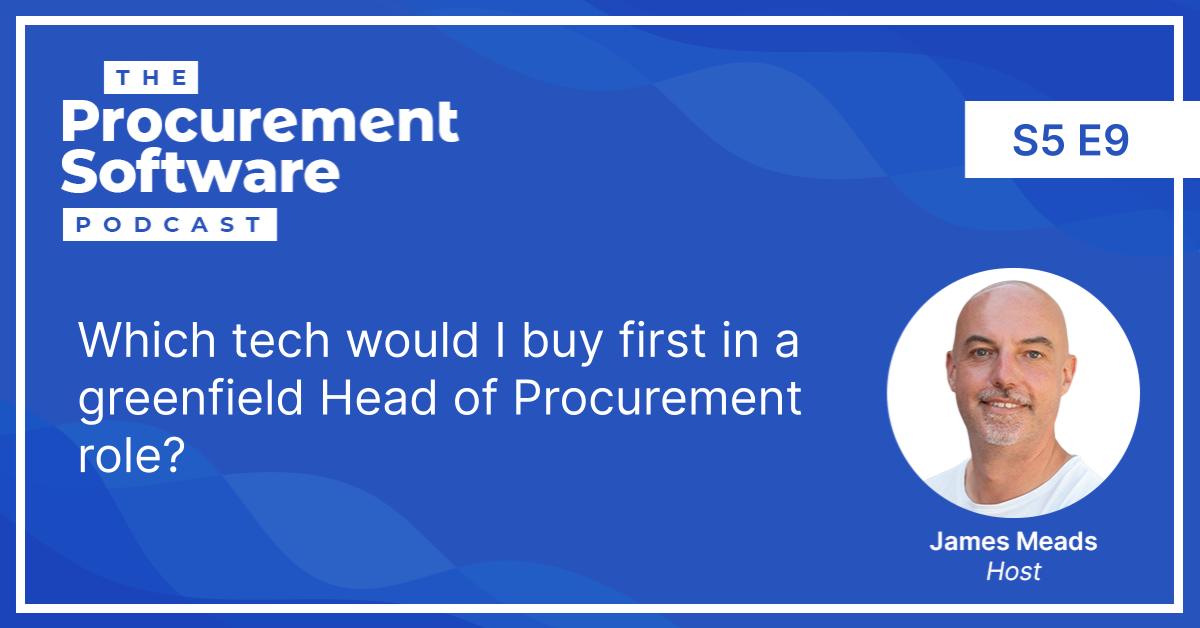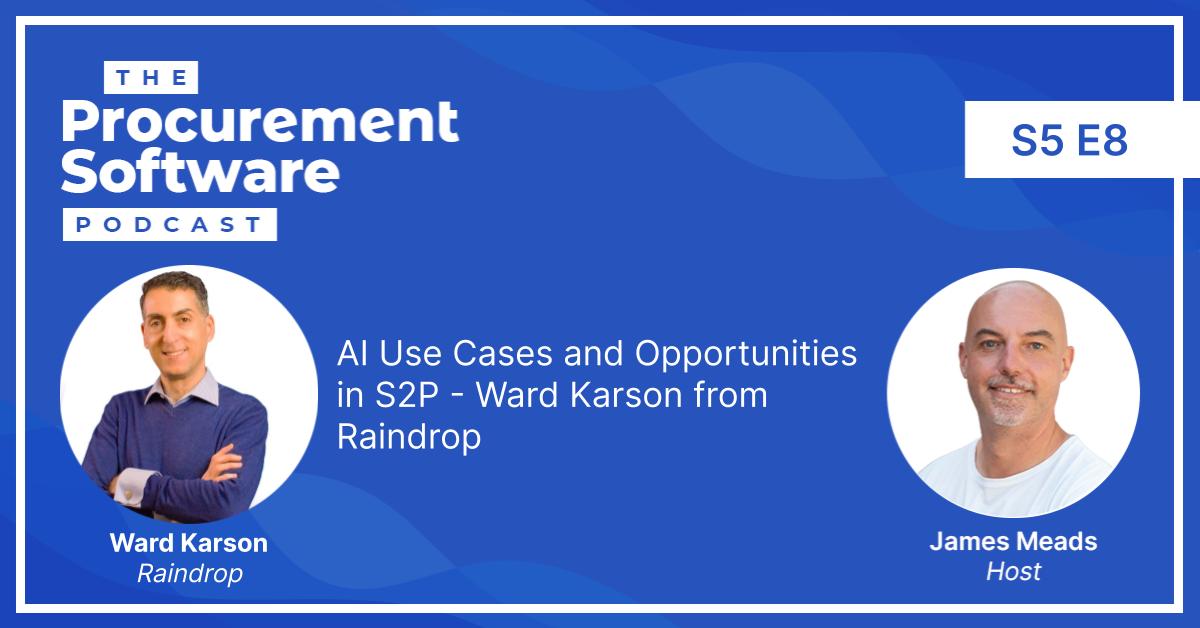AI is a term that often scares anyone who is not familiar with the technology and the application.
In this episode, we’re going to cover some of the different use cases for AI in the procurement space, and then dive into master data as a specific case study.
Adriano Garibotto, Co-Founder and Chief Sales & Marketing Officer of Italian procurement data management company Creactives is my guest on this week’s show to break down this not-as-scary-as-it-sounds technology!
Using AI to Clean Procurement Data
Creactives originally set out as a cost reduction consultancy for indirect procurement back in the early 2000s, focusing specifically around optimisation of MRO spend in manufacturing businesses.
The constant challenge of poor data, inaccurate or missing taxonomies and battling with free text PO descriptions is what ultimately led them down the path of creating a software business to solve this problem at scale.
Origins of what Creactives is today comes from some of the early stage AI utilised by their consultancy around 15 years ago. Together with a collaboration with the University of Verona, they then doubled down on developing a software solution which can help to classify, clean and structure complex master data from multiple ERP systems and sources.
Some examples of what AI can do in the Procurement space
AI must be applied to specific fields to provide tangible solutions. The fundamentals of procurement can be broadly classified into the following 4 questions:
- What am I buying?
- From whom do I buy?
- What price am I paying?
- Who is doing the buying?
Answering these questions is not easy, especially in large, enterprise level organisations with legacy systems i.e. different ERP systems, multiple languages and complex supply chains.
AI can play a strategic role in the harmonisation of the data and helping to create a unique visibility. This is the fundamental building block which leads to other opportunities to use AI in the procurement space.
How can AI be leveraged as a catalyst for positive change?
Addressing resistance to technology is a change management issue, as Adriano explains. At its core, getting the right organisational structure in place is the key to success.
Data preparation historically required a large amount of work from procurement professionals. There is the classic Pareto of 80% of the time being taken doing the preparation, and only 20% conducting the actual added value activity for which the clean data is necessary.
If AI is able to do the lion’s share of the 80%, this then allows strategic resources to be freed up to focus on more value-added activities which can actually implement the changes and the projects to drive the costs down, or reduce the supply chain vulnerability, or whatever the higher goal of the activity may be.
Data itself on its own doesn’t intrinsically have value – it is the enabling factor that facilitates the journey to be able to deliver the value.
Is category management dead as an organisational structure?
Adriano makes a controversial – but very valid – point that the category management architecture of procurement organisations which has been dominant for the past 20 or so years will be rendered irrelevant by AI.
The way procurement teams operate in future will be beyond the category model, as a result of data being the driver of how organisations drive value in their business. Product launches and lean activities cut across numerous different categories, and the design of procurement departments must consequently adapt to this.
To what extent can AI perform data classification?
Adriano uses a nice example of comparing master data and AI solutions to motor vehicles. The more sophisticated the engine is, the more sophisticated that the fluid going into the engine needs to be.
The same applies to procurement data and the AI solution you are using to clean it. If you have very complex data, then the process to clean and categorise that data will inevitably also need to be advanced.
Data has to be seen as the foundation. The more robust your data (foundation) is, inevitably the greater the percentage of data that can be cleaned using AI and the better the process will be.
What potential is there to use AI to manage tail spend?
On the one hand, it can be argued that the small % of spend that makes up the long tail is not strategic. The law of diminishing returns applies when trying to tackle this and drive savings vs. concentrating on the few suppliers which make up the core of a business’s spend.
However, where AI does come into its own is the application further downstream of being able to automate or flag issues in the procure-to-pay (P2P) process. The strain that tail suppliers cause when it comes to delivery issues, accounts problems, master data inaccuracy, quality problems etc is the invisible cost that the business doesn’t see.
If automation can be applied to this part of the process, it ultimately avoids strategic procurement teams being dragged into more operational or transactional issues.
The long tail also consists of a lot of spot buying, where there is no clear pattern of historical spend. Automating or using AI for this application is harder, but also has immense value potential due to the resource-heavy nature of having to source and procure these goods and services.
How do you convince a CFO to invest in a data strategy?
Calculating the ROI is not just about classifying data and then expecting to magically see savings. It has to have an end objective or purpose in mind.
The example Creactives have developed is a vertical solution – TAM – Technical Attribute Management – to manage material and service master data that comes from multiple ERPs. This enables them to remove duplicates, and also avoid the creation of duplicates any time in the future.
Adriano explains that it is definitely possible to show ROI using this method and cites a Forrester study (link below) which analysed the model they constructed of how ROI can be calculated built around the objective of reducing inventory of raw materials and spare parts.


